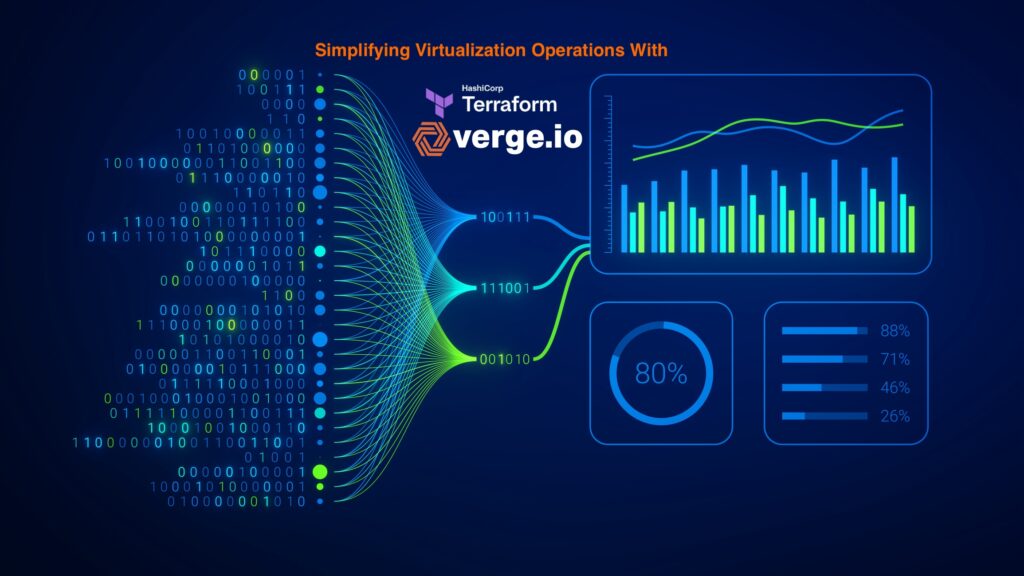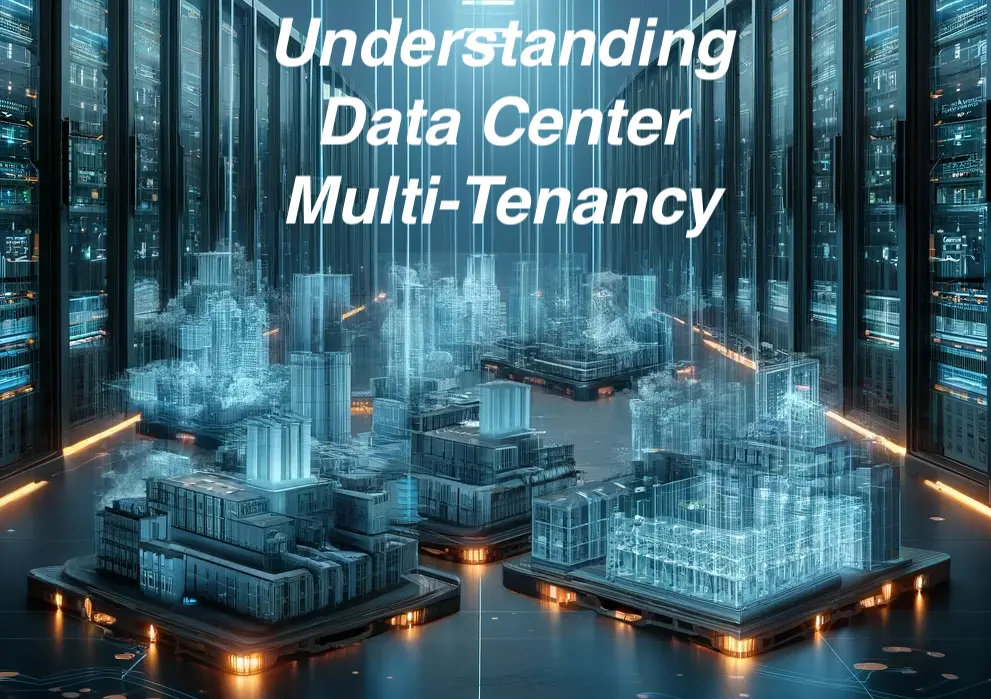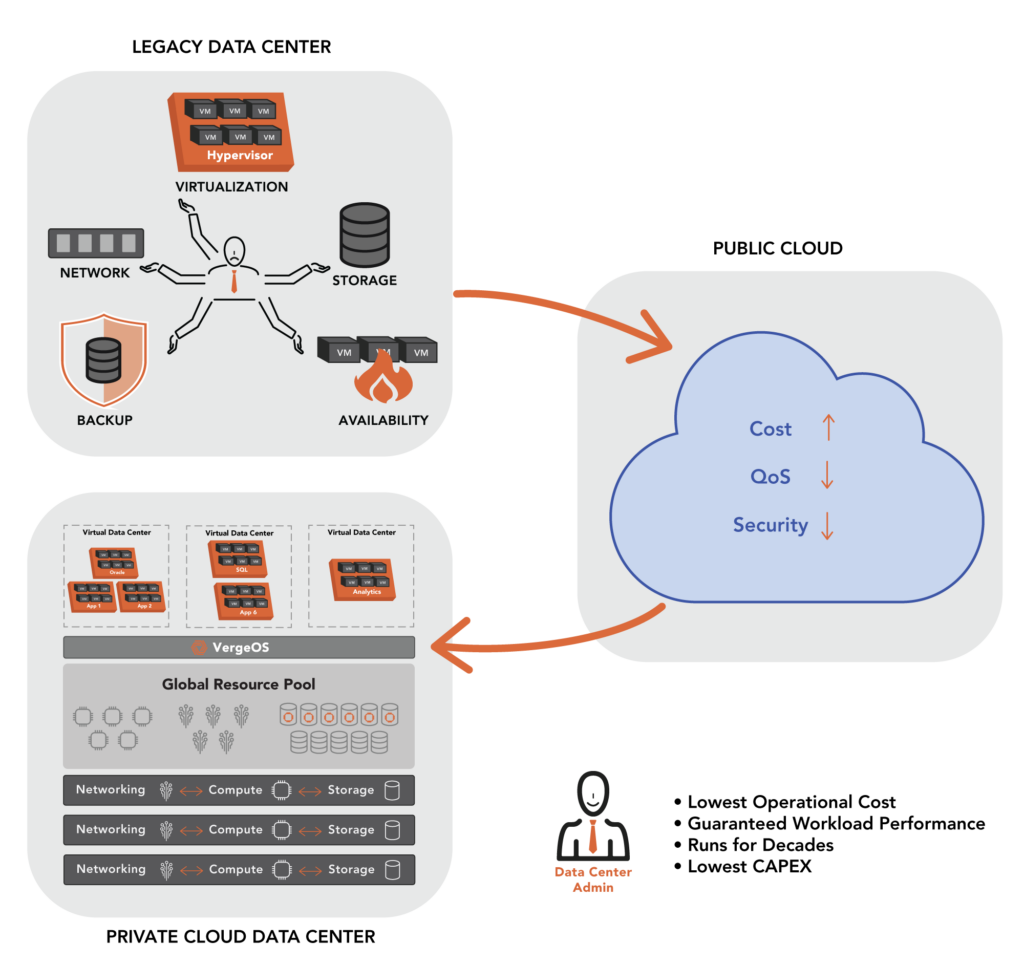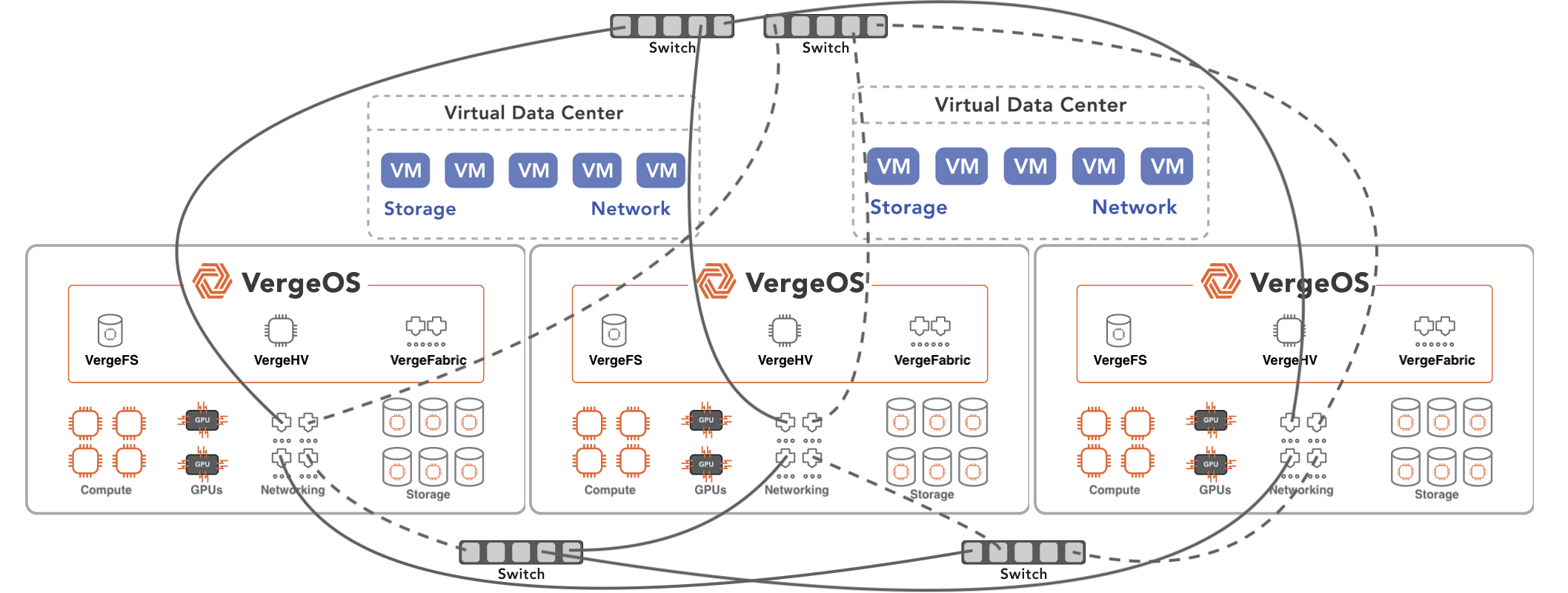Simplifying Virtualization Operations
VergeIO’s Terraform integration is simplifying virtualization operations by combining the power of VergeOS with Terraform’s infrastructure-as-code capabilities. This integration simplifies the deployment, automation, and management of virtual environments, making it easier for IT administrators to achieve consistent and efficient infrastructure control across all environments.





